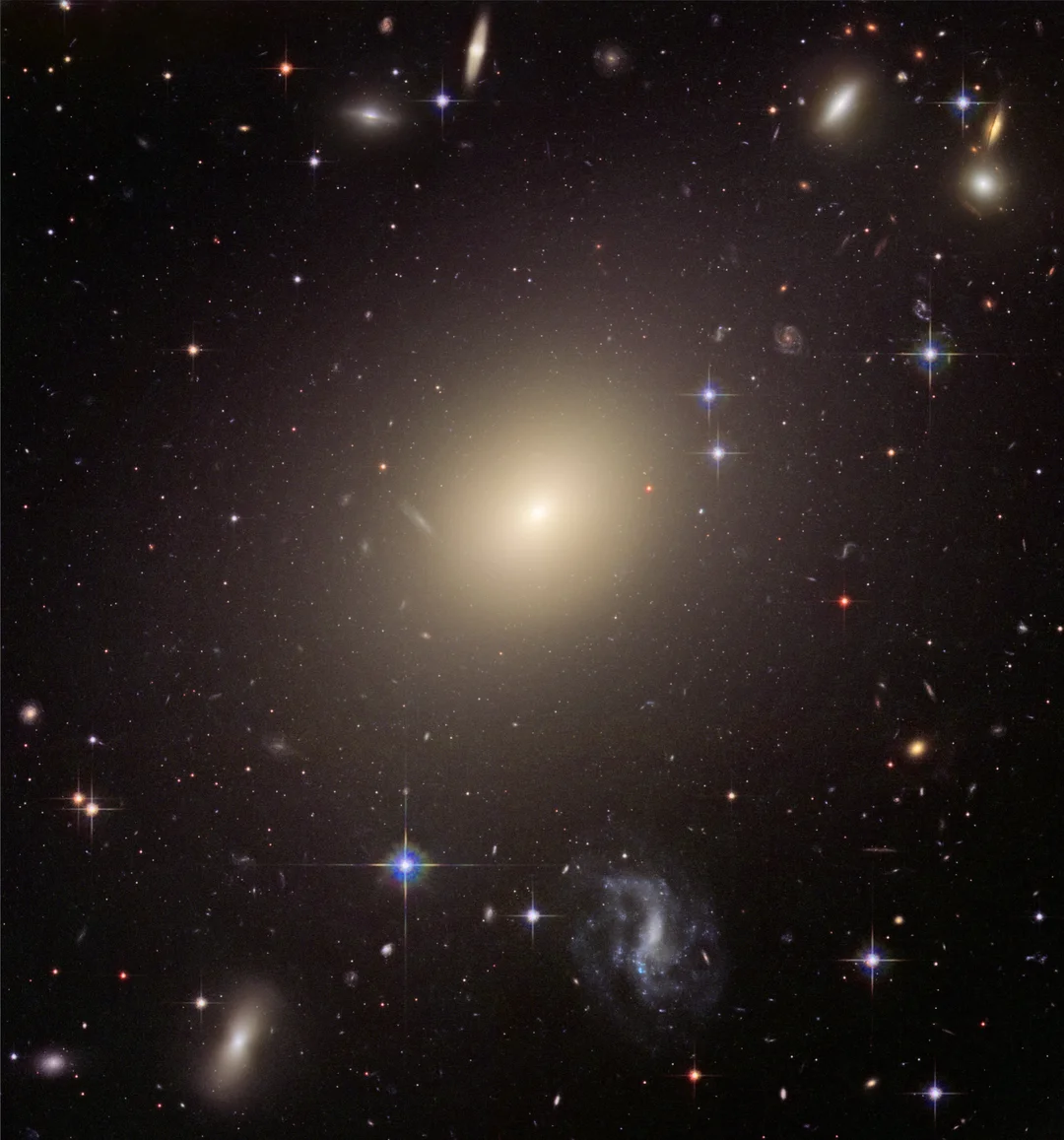
Cosmic ‘Afterglow’ Under Scrutiny: Could Early Galaxies Rewrite the Universe’s History?
A groundbreaking study is challenging our understanding of the universe's earliest moments. Findings centered around the cosmic microwave background (CMB), often called the cosmic 'afterglow,' suggest that the strength of this relic radiation from the Big Bang may be significantly overestimated. This revelation, if confirmed, could potentially rewrite the history of the universe and force a re-evaluation of the standard cosmological model.
The new research, spearheaded by Professor Pavel Kroupa from the University of Bonn and Dr. Eda Gjergo from Nanjing University, focuses on **elliptical galaxies**, believed to be among the first galaxies to form in the early universe. Their study, published in Nuclear Physics B, suggests these nascent galaxies were far brighter than previously thought, potentially contributing a significant portion – possibly even all – of the radiation attributed to the CMB.

"According to our calculations," explained Kroupa, "it could be that this background radiation doesn't exist at all. At the very least, we are convinced that its strength has been underestimated." Their analysis indicates that these early elliptical galaxies were approximately 10,000 times brighter during their formation than they are today. Gjergo poetically described this as seeing 'embers in the ashes of ancient cosmic bonfires.'
The researchers determined the formation time of these galaxies by measuring their current distances and factoring in the universe's expansion rate. The intense light emitted during their formation, they argue, could still be detectable today as part of the observed CMB. Their most conservative estimate suggests that at least 1.4% of the CMB originates from these stars, a seemingly small figure with potentially massive implications.
Why? Because the CMB's irregularities, or anisotropies, crucial for understanding the formation of large-scale structures like galaxies, are incredibly faint – only a few thousandths of a percent. If elliptical galaxies contribute a significant portion of the measured CMB radiation, the interpreted data regarding the universe's early density variations may be flawed, leading to inaccurate conclusions about the forces at play in the universe’s infancy.

"Our results are a problem for the standard model of cosmology," stated Kroupa. "It might be necessary to rewrite the history of the universe, at least in part."
The implications are profound. Kroupa and Gjergo are even developing an alternative cosmological model, dubbed the "Bohemian Model of Cosmology," which challenges fundamental concepts like the hot Big Bang, dark matter, dark energy, and inflation. This bold move underscores the potential magnitude of their findings.
While further research is needed to validate these claims, the study raises fundamental questions about our understanding of the universe's origins and evolution. What do you think? Is it time to reconsider the building blocks of our cosmological model? Share your thoughts and theories in the comments below!